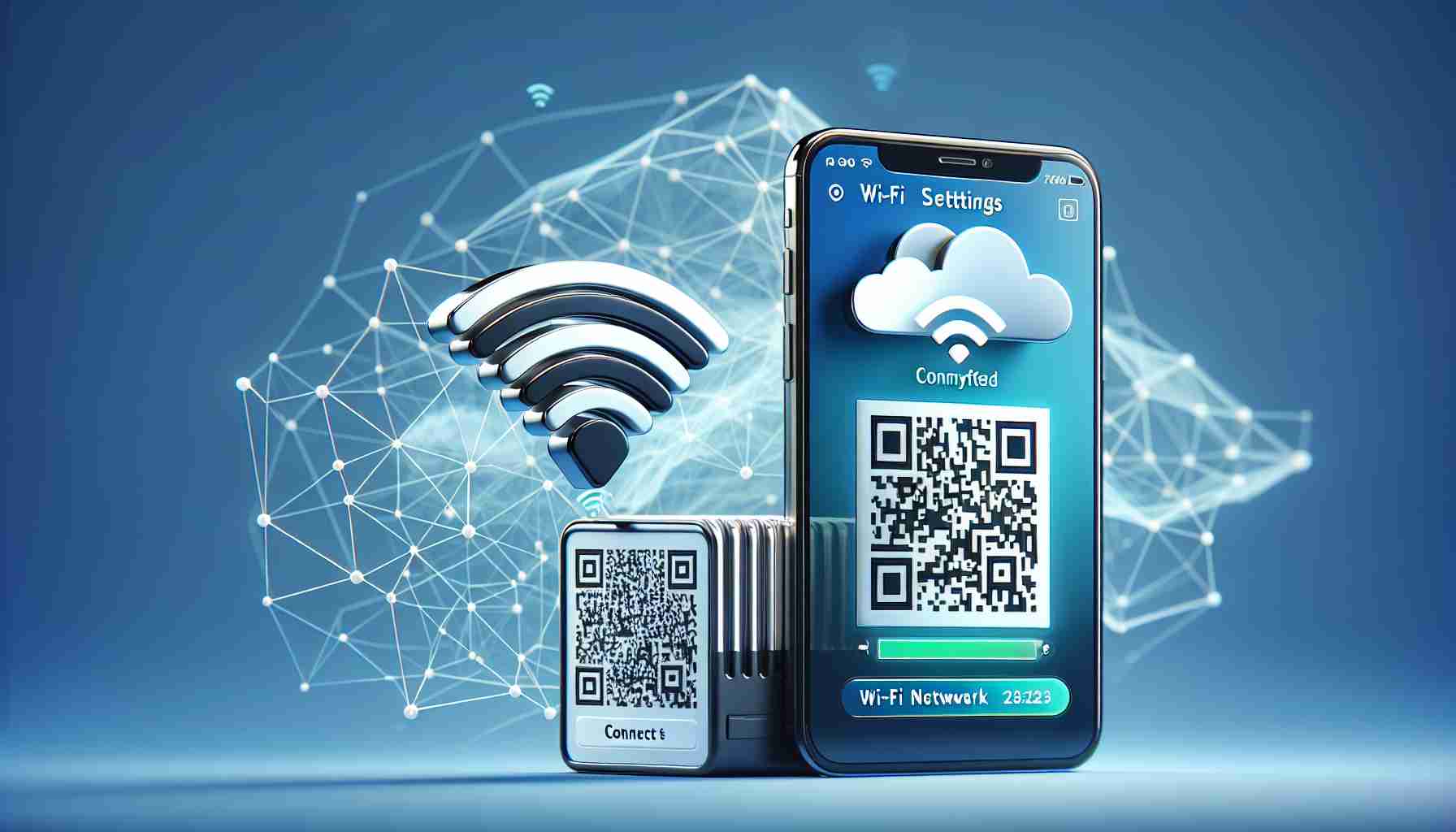Joining a secure Wi-Fi network without the hassle of typing passwords is a breeze when you utilize the built-in features of modern smartphones. Whether you’re an Android or iOS user, the ability to share network access from one device to another through QR codes simplifies the connection process.
First and foremost, grab the device that’s already online. In the settings menu, navigate to the wi-fi options. Your active connection should be easily identifiable. By tapping on the settings icon adjacent to the network’s name, you’re presented with the opportunity to share access.
This is when the device may prompt you for your PIN or request a biometric verification — a safeguard ensuring that only authorized users generate the QR code necessary for sharing the network details.
On the receiving end, the second phone enters its wi-fi settings and prepares to join a network. By selecting the option to add a new device, the phone activates its camera, ready for the QR scan. Scanning the code from the first phone instantly bridges the connection, bypassing the need for manual password entry.
This approach leverages the simplicity and security of QR code technology, enabling a seamless transfer of network credentials. It’s a digital handshake that brings a new meaning to the term “wireless networking.”
Important Questions & Answers:
1. How do QR codes improve Wi-Fi access security?
QR codes can enhance Wi-Fi access security by limiting the exposure of network passwords. Instead of verbally sharing or displaying passwords, a QR code can be scanned, ensuring that the password remains concealed and reducing the risk of unauthorized sharing.
2. What happens if someone unauthorized obtains the QR code?
If an unauthorized person gets the QR code, they can gain access to the network without permission. Therefore, it’s essential to treat the QR code with the same level of security as the Wi-Fi password itself and only share it with trusted individuals.
3. Are there any compatibility issues with older devices?
Older devices that do not support QR code scanning natively may require a third-party app to read the code, which can be inconvenient and might not offer the same seamless experience.
Key Challenges & Controversies:
– The proliferation of QR codes for Wi-Fi access could potentially lead to security risks if these codes are not handled carefully.
– Ensuring that the generated QR codes are kept safe and not easily accessible to unintended users is a challenge.
– Compatibility with older devices that may not have an integrated QR code scanner in their system settings can limit the usefulness of this feature.
Advantages:
– Streamlined Connection: Enables quick and effortless connection to encrypted networks without manual password entry.
– Improved Security: By avoiding the sharing of passwords in plaintext, it reduces the risk of password compromise.
– User-Friendly: Simplifies the process for non-technical users to connect to secure networks.
Disadvantages:
– Limited Applicability: Not all devices support QR code scanning for Wi-Fi connections, particularly older models.
– QR Code Mismanagement: If a QR code falls into the wrong hands, it could lead to unauthorized access.
Suggested Related Links:
– If you wish to learn more about QR technology and its applications, visit QR Code.com.
– For further information about Wi-Fi technology and standards, consider visiting Wi-Fi Alliance.
Remember always to keep your QR codes secure and share them sensibly, as they provide direct access to your Wi-Fi network.
